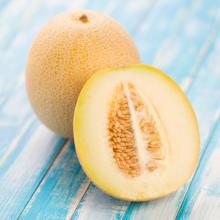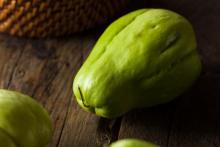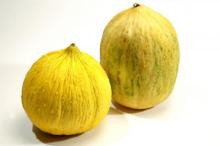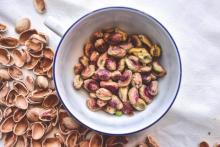Superfood 101: Galia Melon!
Galia melon is a member of the family Cucurbitaceae and is a hybrid of the muskmelon. The plant was developed in Israel at the Ne´ve Yaar Research Center of the Agricultural Research Organization in the 1960s by melon breeder Dr. Zvi Karchi and was ready for commercial production in 1973. Within ten years it gained popularity throughout western Europe.










